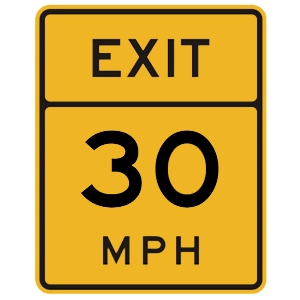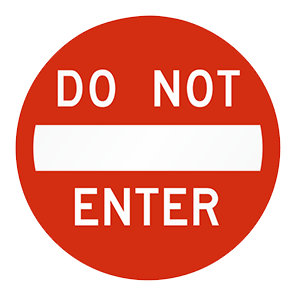2025 New Hampshire Permit Test 24
The following questions are from real DMV written tests. These are some of the actual permit questions you will face in New Hampshire. Each permit practice test question has three answer choices. Select one answer for each question and select "grade this section." You can find this button at the bottom of the drivers license quiz. For a complete list of questions and answers for New Hampshire please visit https://cheat-sheets.dmv-written-test.com/en/new-hampshire/car.
Number of Tests
Number of Question
Passing Score
25. When the road is marked with a solid yellow line and a broken yellow line, with the broken line next to your lane, you may pass:
Explanation
When there is a solid yellow line and a broken yellow line in the center of the road and the broken line is next to your lane, you may cross the lines to pass if there is no oncoming traffic.
26. To pass a slower-moving vehicle on a two-lane, two-way road, you must:
Explanation
Passing on a two-lane, two-way road requires good judgment because you must use the lane belonging to oncoming traffic to complete your pass. Only pass if you may safely and legally do so.
27. If an oncoming driver is heading toward you in your lane, you should:
Explanation
If another vehicle is approaching you head-on in your lane, you should first honk your horn to attract attention. If the other driver does not move over, try to escape to the right. If you swerve left and the other driver corrects at the last instant, you will still crash. If a collision is unavoidable, brake firmly and steadily. Every mile per hour you slow down will reduce the impact.
28. This road sign indicates:

Explanation
This advisory speed sign indicates the maximum safe speed for a highway exit (in this example, 30 mph).
29. This road sign means:

Explanation
If you drive past these signs, you are going the wrong way and are at risk of a head-on collision. You should cautiously turn around.
30. Which of the following best ensures your safety and the safety of those around you when you are backing your vehicle?
Explanation
Backing requires extra caution because it is difficult for drivers to see behind their vehicles. Before entering a vehicle to back up, walk to the back of the vehicle to check for children and small objects.
31. You are driving on a narrow road when you meet an oncoming vehicle. You must:
Explanation
On narrow roads, you must allow vehicles traveling in the opposite direction at least one-half of the main-traveled portion of the road. Both vehicles must have adequate space in order for the drivers to safely pass one another.
32. You may cross double solid yellow lines:
Explanation
